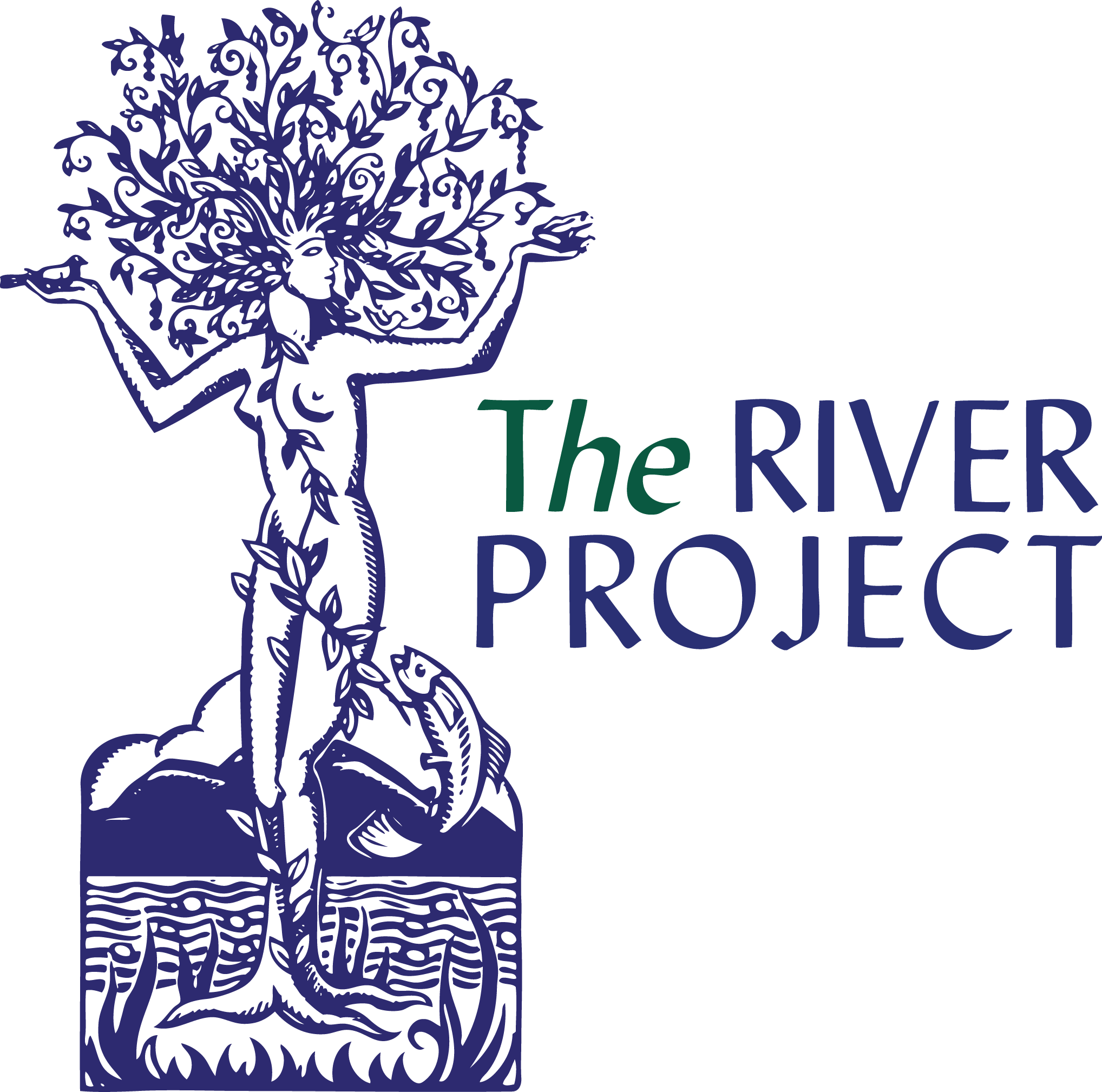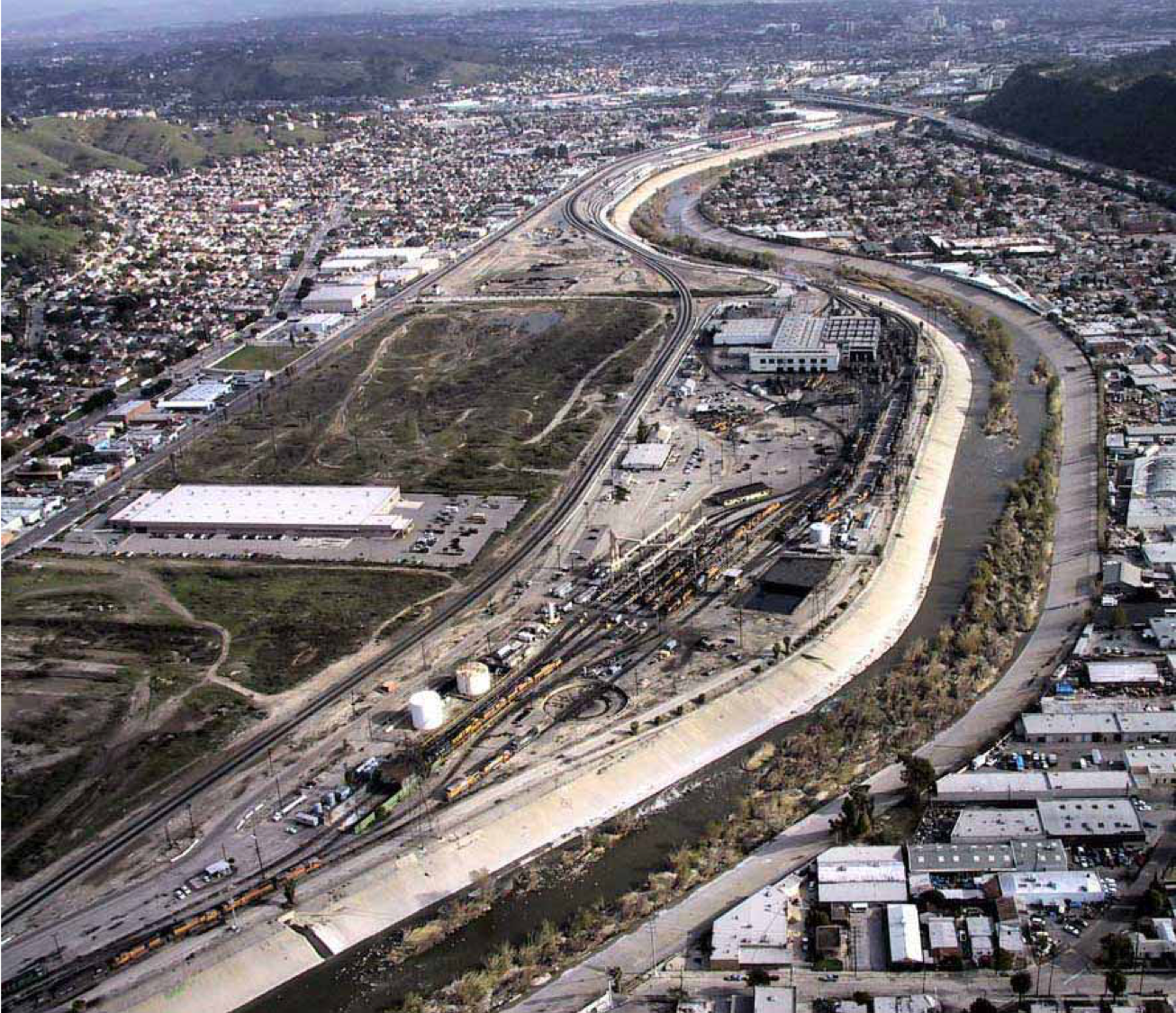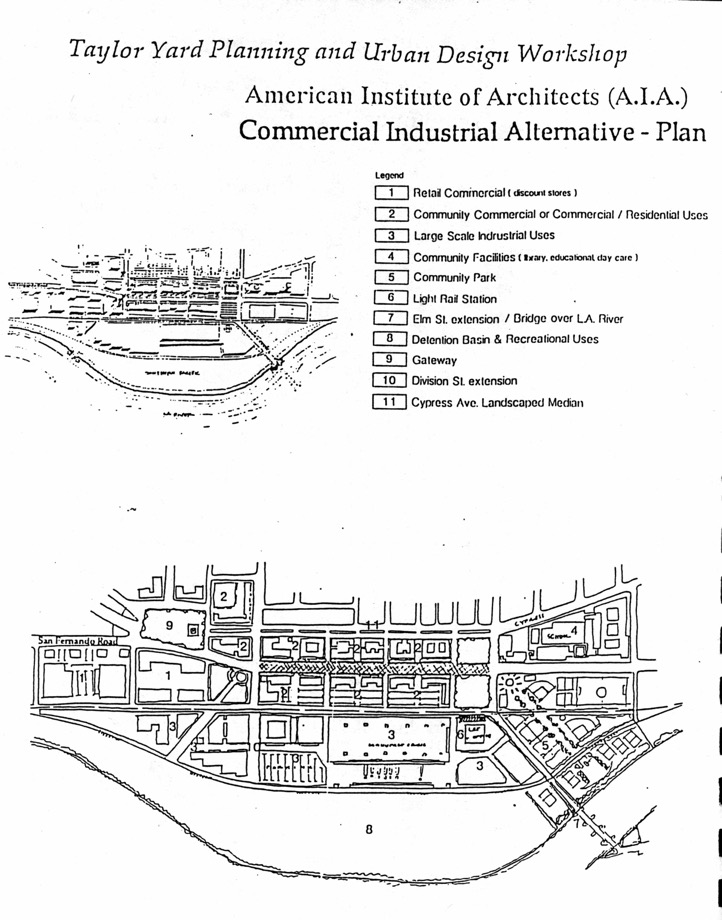Emerging Vision: 1990s
The communities surrounding Taylor Yard (Cypress Park, Glassell Park, Elysian Valley, Atwater Village, Mount Washington & Lincoln Heights) began to demand a master planning process for Taylor Yard that would take their input into consideration. The constant refrain has been the need for a balance of open space and jobs, community services and retail. The construction of a Federal Express building in the middle of the street side of the site in 1997 severely compromised the opportunity to master plan the site in the community's best interest.
The first Taylor Yard Area Planning and Urban Design Workshop was held over a weekend in October 1992. More than 200 people participated during 3 days of intensive public commentary about the future of Taylor Yard and the surrounding communities. Participants included area residents, representatives of community and environmental groups, businesspersons, educators, landowners, agency and elected officials and other area stakeholders. A follow-up meeting was held to summarize community input on November 14. These efforts, including team recommendations for the area, were documented in the Dec. 1992 report Taylor Yard, A Catalyst for Community Change. The workshop team was co- sponsored by the American Institute of Architects, Los Angeles chapter (AIA/LA), the American Planning Association (APA), the American Society of Landscape Architects (ASLA), the Urban Design Advisory Council (UDAC), the Los Angeles Forum for Architecture and Urban Design, and the Architectural Foundation of Los Angeles (AFLA).
In 1993, The MTA sponsored the Taylor Yard Transit Development Study, conducted by HNTB Corp. in association w/ Economic Research Associates & Barrio Planners, Inc. Their Land Use Analysis Workbook of May 22, 1993, was developed to summarize information from the Army Corps' Reconnaissance Study and the Taylor Yard Urban Design Workshop in an effort to solicit more community input and feedback. A team of planners, architects and other professionals then summarized and published the volumes of comments and concerns and translated them into master plan designs. (Taylor Yard Development Study 10/25/93.)
In that study, 5 teams - 2 from the American Institute of Architects, 1 from the MTA, 1 from the Southern Pacific Railroad, and 1 from the LA County Dept. of Public Works - proposed different mixed-use proposals based on community input. These plans called for public open space/recreation areas ranging from 65 - 189 acres with the remainder of the site balanced between industrial, commercial and residential uses.
The LACDPW Conceptual Plan was further refined in 1993. It provided alternatives that proposed a range of commercial/industrial areas from approx. 60 - 100 of the total acres, with the rest of the site as recreation/flood detention.
The 1998 River through Downtown conference, co-sponsored by FoLAR, the Sierra Club and the AIA also convened a series of community workshops to gather information to produce a mixed-use plan for the site. In 1999, the City of Los Angeles adopted the Northeast Community Plan. In order to prevent continued piecemeal development at the site, the plan’s local advisory committee had advocated for language recommending that a master plan be developed for the Taylor Yard area. The adopted plan includes the following objective: A master plan should be prepared for the Taylor Yard area to include protection for public open space/recreational activity areas near the Los Angeles River. Despite this recommendation, to date the City has yet to undertake development of such a plan.
Over the next few years, numerous Universities held design studios to formulate visions for the future of Taylor Yard, including UCLA, UC Berkeley, USC, SciArc and Harvard.





